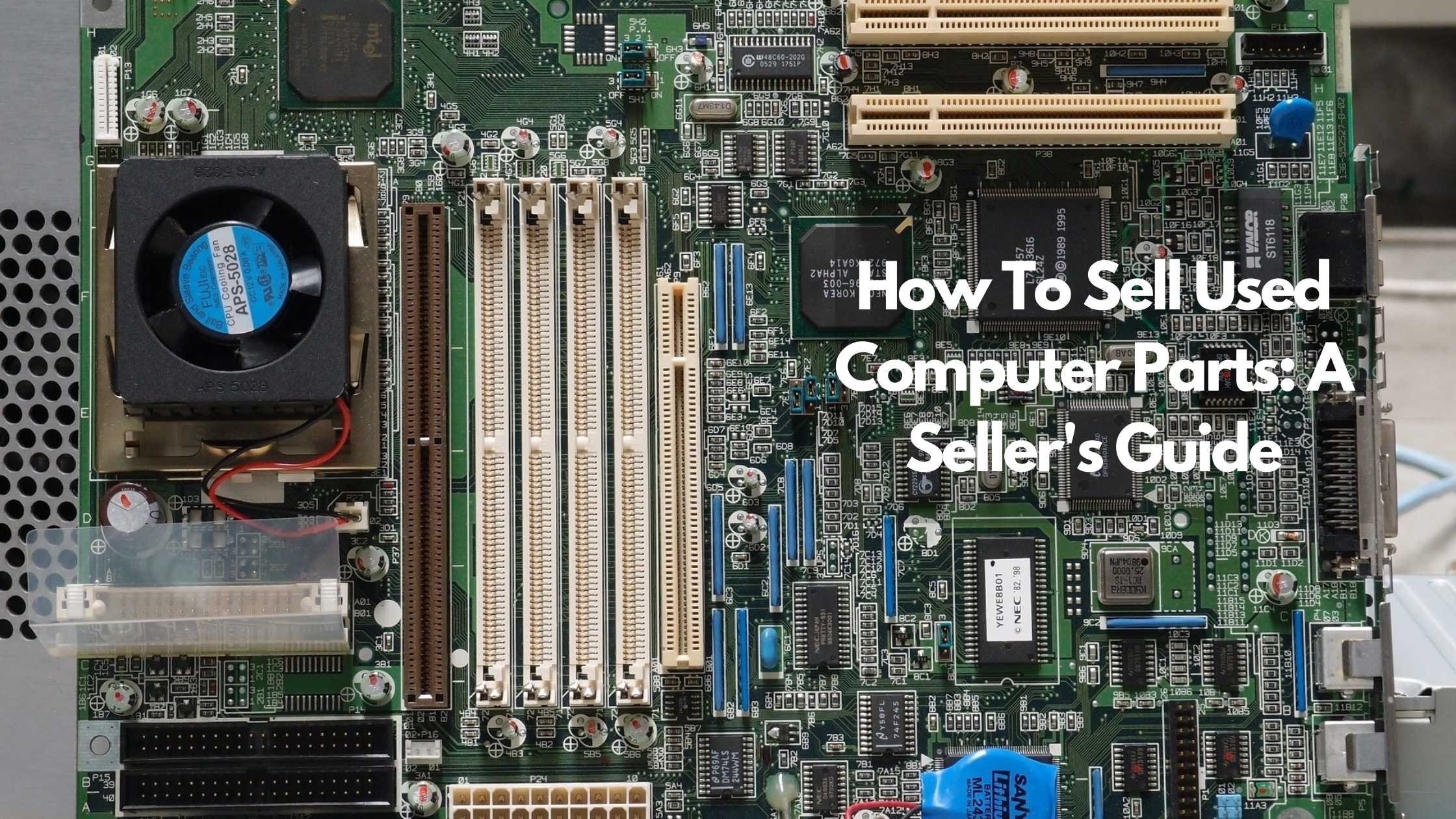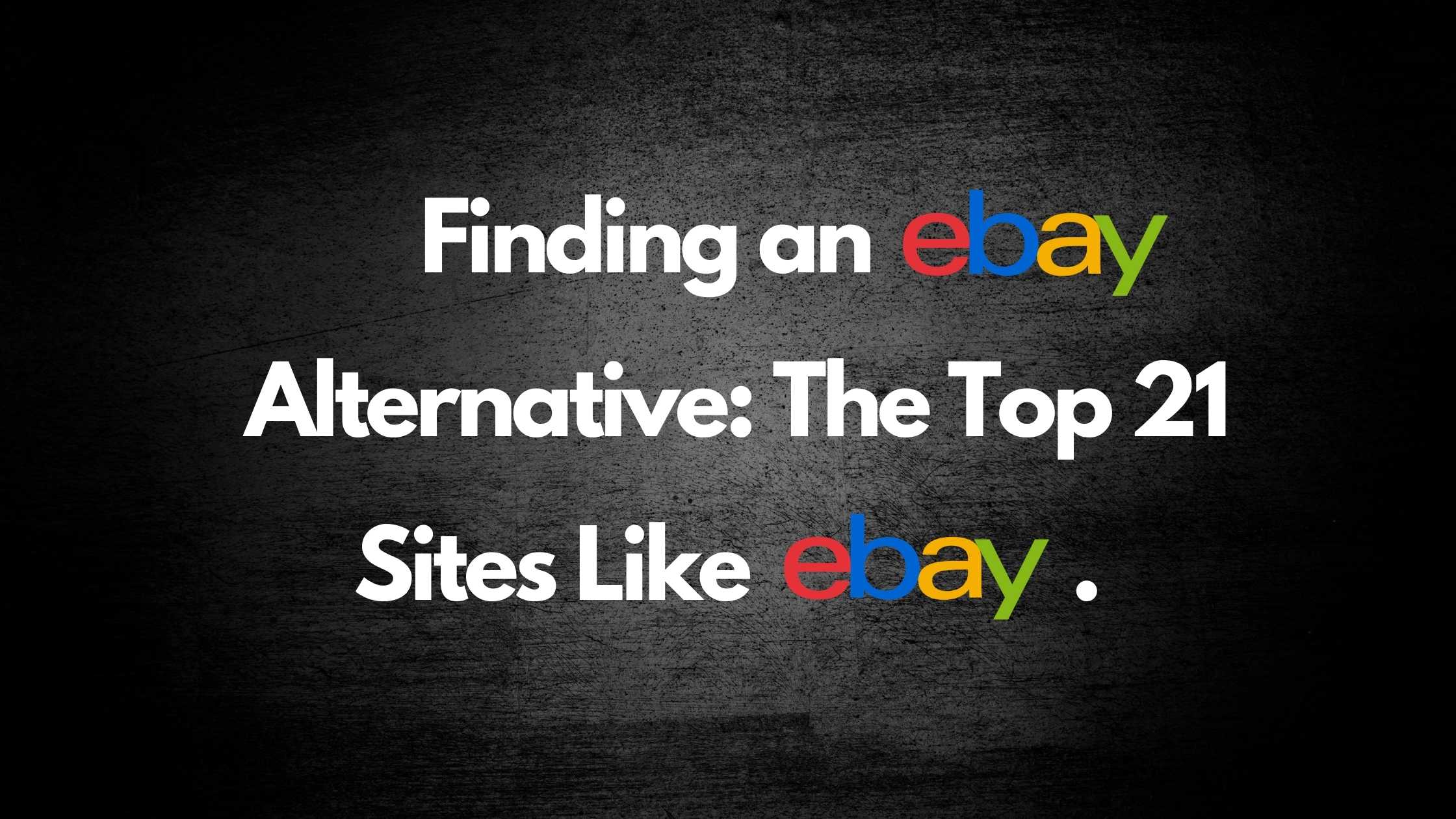
Selling Books Online: Is It Profitable?
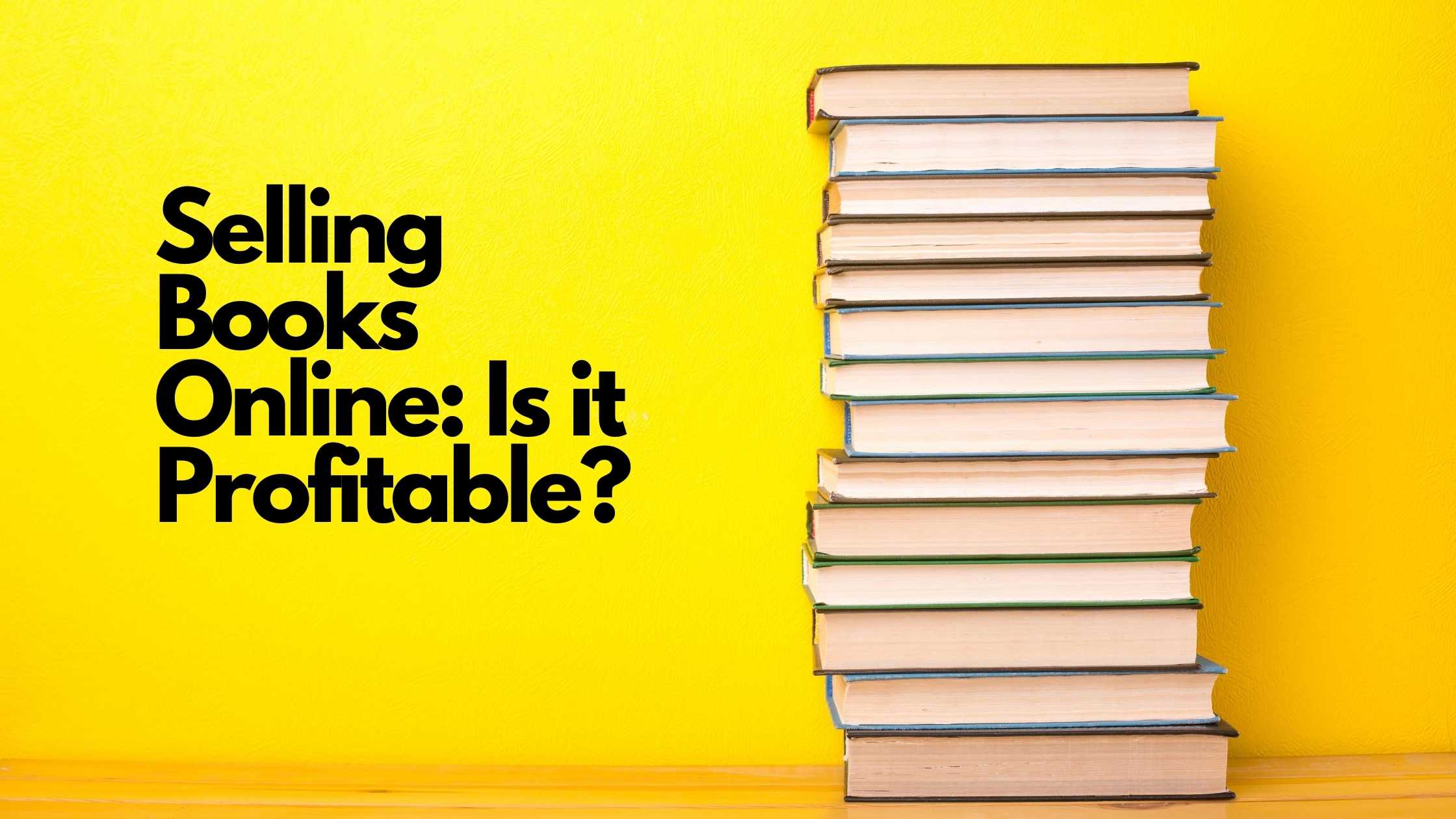
Is selling books online profitable? Depends on who you’re asking. Jeff Bezos?
Seriously though, selling books online is purely a labor of love. You’ll only make money if you have the right knowledge, patience, drive, and a healthy dose of good luck.
But all things considered, there’s opportunity. Heck yes, there’s a vibrant market for new and used books of all types in good condition. Even more, there’s a special niche for rare, out-of-print and classic books.
If you’ve got the resources to invest in this venture, this well researched article gives you everything to make that move.
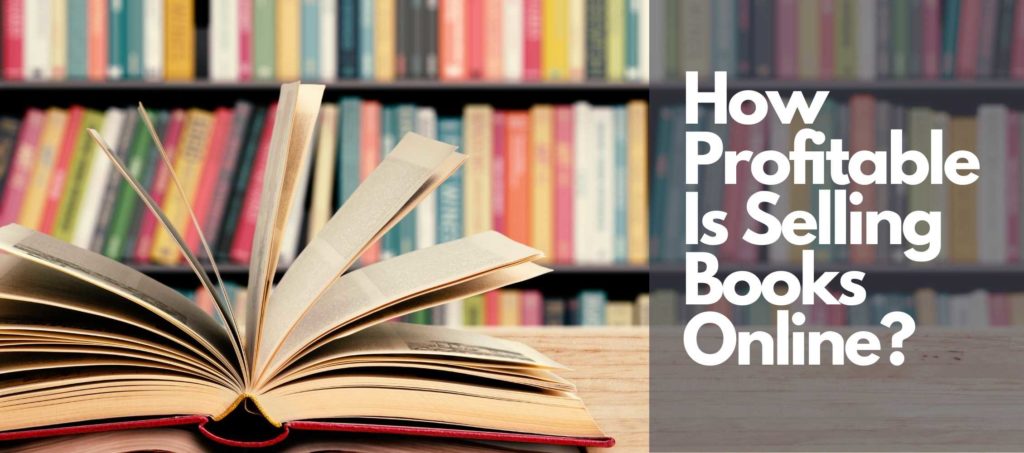
How profitable is selling books online?
Selling books online is profitable if you’re a book pundit. Books have to be your passion because that’s the only way you’ll be relevant to your customers. Additionally, if you’ve got the skills to sell any book for more than it’s worth, then you just might succeed.
Sounds easy, right? Keep reading to find out more.

Get started selling books online
Being a business savvy book pundit is splendid, but it’s only half the battle. You need an actionable solid plan to win. According to Sun Tzu, ‘Every battle is won before it’s ever fought.’
To start, do the following:.
- Get your product
First, make out a list of the type of books you want to sell. Remember that to realize a profit, you must buy low and sell high. This should always be your modus operandi.
A quick search online shows that the most popular book purchases are of textbooks, rare finds, and limited editions.
But what if you could actually intensify your search by adopting a helpful online tool? What are you likely to find?
Notice the keywords that pop up under ‘Related Keywords’ when you Google ‘popular books in 2020’ and also the ‘People Also Search For’ section.
This season, nonfiction books on sustainability, baking (bread), gardening and eco-friendly domestic activities are doing well.
Another booming niche is children’s educational books.
Study trends and even peek into your close family and friends’ TBR (To Be Read) lists for an idea on what’s on demand.
For example, it looks like people are actively looking to better themselves and be self-sufficient.
You can also do a sweep of Amazon’s Best Sellers Rank (BSR) section.
Reader medium preferences
Professor Maryanne Wolf, an authority in reading research cautions against screens taking over the traditional paper print reading.
However, the pandemic has impacted these preferences and accelerated the shift to digital reading.
Whereas physical books are loved for the nostalgia they evoke, scent, look and feel (apparently, home libraries are a thing); ebooks and audiobooks are winning big.
Below are some of the notable reasons for reader medium preferences.
Hardbacks
Pros:
- Ideal for academics – their sheer volumes carry lots of valuable information
- Durable – they don’t wear out easily
- Can be shared or gifted – they’re perfect for anniversaries, housewarming and as going away presents
- Aesthetically appealing – they look good as an office or home decor accessory
Cons:
- Too heavy – they weigh a ton and aren’t’ easy to carry around.
- Uncomfortable to read – you can’t lie on a couch or change positions at will.
Paperbacks
Pros:
- Easy to read – flipping pages and deep reading brings on a nostalgia that’s therapeutic
- Can be shared or gifted
- Aesthetically appealing
Cons:
- Wear out fast – poor storage and handling whittles them down.
Ebooks/Audio-Books
Pros:
- Accessible – you don’t need to wait for delivery
- Affordable – they’re easy on the wallet.
- Convenient – as soon as you turn on your device and key in the password you’ll start reading or listening
- Portability -hassle free storage and easy to carry around.
Cons:
- Unreliable – if the lights go off, a charging device is lost, or worse, a password is forgotten, it can get hectic
- Strenuous – the backlight can agitate and be stressful.
- Source inventory
Your search has to be refined. Where do popular sites like Amazon source their stash? By the way, this isn’t so you go to those same sources. Instead, it’s to help you find a loophole that can boost your strategy.
Popular book reseller marketplaces like Amazon, ebay and Abebooks source from third party resellers and publishers.
However, just because you’ve got the big boys figured out doesn’t mean you should dismiss traditional sources. One of the most hassle free sources is your own stash. Then, your family, friends and others close to you.
Unbelievably, people throw out books with the trash and some books are delivered to thrift and charity stores.
You could also reach out to public transport companies and eateries to request them to save unclaimed books for you. Other viable sources are clearance sales for bookshops, auctions, libraries and boot sales.
In addition, there are also lots of book clubs on Facebook with people probably looking to shed off unwanted books.
Real estate agents and will executors are also excellent leads on where to get valuable stock. A deceased person’s items may need clearance and this is where you come in. As it happens you could get paid to cart away vast home libraries.
Something else that’ll be critical to your business success is inventory management.
Master this as you bring yourself up to speed with the best bookseller inventory software in the market.
Here’s a list of suggestions from softwaresuggest.
- Third-party platform vs own store
One of the most important decisions you’ll have to make is whether to piggyback on established platforms or go on your own.
Surprisingly, there has been a big boon for online book market places. Books are paradoxically a source of solace in times of crisis.
In 2019, Amazon’s stake in the sector was about 50%. Now it’s pushing 70%.
The other big players are AbeBooks, Barnes & Noble, Books A Million, Wordery (UK) and more. See a comprehensive list here.
Some like Wordery offer free shipping on all orders and most of the others offer varied incentives.
Sheepbuy is a good place to start out as we don’t charge a commission on sales and, if you’ll be selling a small volume of books per month, you don’t have to pay to sign-up; this is the basic tier. On this free package, you can have up to three active listings at a time and there are no premium store fees. Find out more about the seller plans here.
Amazon, Barnes & Noble and Books A Million offer e-books. They also have textbooks for sale or rental.
Why should you sell on large platforms?
- Pros: Your brand will grow from exposure to vast networks, you’ll save on marketing, shipping, packaging costs and have easy access to end users. This is the main appeal of these marketplaces.
- Cons: On the downside, these sites charge high commissions per sale and tie you to tight restrictions meaning you’ve no autonomy.
Note: On the plus side Sheepbuy doesn’t charge any selling or hidden fees.
Another third party option is web store like Shopify.
- Pros: You can link your own payment gateway and customise the look and feel of your store.
- Cons: Marketing is on you. You’ll have to popularise your shop.

Creating Your Own Site
If all the above don’t make you excited, then maybe creating your own website could be the only way to go. The challenge here would be the time and cost to get it off the ground.
Plus, it would require you to be patient before you can realize significant profits.
What would it entail?
- Stock levels: You can start with anything from 100 to 1000 all assorted and varied genres. Your strategy will be to study trends and learn what’s on demand.
- Capital: To fund this venture, use extra savings, sell off stuff you don’t need anymore or borrow from family and friends.
- Set targets: Give yourself milestones. For example, first 10 customers, first big sales and so on. You’ll derive motivation and find that you’re moving fast in your bid to build an amazing brand.
- Research: Yes, you’re a book pundit but the business is a whole other monster. Learn everything about it. Know what works, what doesn’t and what needs improving. Reading your own customer reviews and competitor reviews is a good place to start.
If you have used books, some bookstores would love to buy them. Read this article to find out how much used bookstores would pay you for your books.
- Quality control
There’s nothing as horrid as anticipating a read, only to discover a missing page or two, mould or smudges. Yikes!
Develop a system to restore and preserve your physical stocks, and even maintain that old book scent that readers crave.
Below are some useful tips on how to maintain quality.
- Store in a perfect environment: Avoid storage that has direct sunlight, contains moisture or is humid. No basements or attics either. Ideal temperatures are 65 -70 degrees fahrenheit and humidity levels of 44% – 55%.
- Shelves: Don’t use wooden shelves. Enamel, glass or hard plastic are the most suitable. Wood releases harmful chemicals over time, which are destructive to paper.
- Digitize: Ultimately, scanning physical books will be the best form of preservation. Brewster Kahle, founder of the internet archive is quoted as saying:
“We must keep the past even as we’re inventing a new future. If the Library of Alexandria had made a copy of every book and sent it to India or China, we’d have the other works of Aristotle, the other plays of Euripides. One copy in one institution is not good enough.”
- Delivery plan
Before shipping was a given. But it might be time to rethink this for the time being especially due to the glaring inconsistencies.
Nonetheless, within your strategy, there should be a section that charts, in detail, the book’s journey from your end to the customers. Visit your local couriers, compare prices, policies and delivery network.
Consider a book weight policy so that when customers order, they’re aware of the cost implication for shipping that particular product. Go further and provide a standard, tracked and traceable delivery service. As your business grows, a shipping strategy will be inevitable.
At the same time, consider packaging costs too.
Packaging has a far-reaching impact on the customer experience. Use high quality materials that are aesthetically appealing, recyclable as well as protective of dust and rough handling.
- Pricing
Clever pricing is a strategy in itself. As an under dog, this is your lifeline to climb the ropes if you use it wisely.
Pricing should cover for all expenses incurred in sourcing, acquiring, storing, packaging and delivering the product. That’s why you should be extra keen in your research of the perfect niche and product.
Ultimately, your pricing will be shaped by brand value as generated from the user experience.
Factors to consider are;
- Price a book on its value: Is it on demand and are readers clamouring for it?
- Beat competitor pricing: Exploit loopholes by being where your competitors haven’t ventured or are performing dismally.
- Be adept in the application of low pricing vs high pricing: Low pricing works for the mass market products. High pricing is for your unique products. Balance out your inventory.
- Establish a business structure
If you’re dealing in physical books, how will you store them? Will you need to clear off a room in your house and install shelves or will you lease a warehouse?
Factor in these costs.
What of marketing? There are plenty of free opportunities to build brand visibility although at some point, you’ll have to take out paid adverts such as Facebook Ads and/or Google Ads.
If you’re going to set up your own web store, have you worked out a payment gateway? The best options are to be found with secure, reliable systems like PayPal, Payoneer, Skrill and Transferwise.
Are you tax compliant across all the markets you’ll be serving?
Being online doesn’t negate your tax obligations. Review this detailed selection of tax compliance software as recommended by TrustRadius.
Finally, what are your business end to end processes? From the minute a consumer makes an order, what are the must dos? And even after the customer orders what needs to happen? How will you take note of the differences in each transaction such as customer queries, glitches and inconsistencies?
Your answers to these, will form the foundation of your business.
- Create a Budget and Checklist
With this information, you now have an indication of what it’s going to cost you to set up.
The value of this particular step is to give you an overview of the viability of your venture.
Perhaps, even before you can be truly profitable, you’ve got to be cost-effective. Your business has to turn a positive cash flow.
Your budget should enable you to make these projections. To determine profitability, there are three key formulas: margin or profitability ratios, break-even analysis, and return on asset assessments.
Reviewing your profit margins is not really for you to pat yourself on the back as you gleefully imagine your entry into the billionaires club (hopefully).
No, not really. It’s essentially to enable you to sniff out inefficiencies and curb them. Learn to check the margins of specific products. Eliminate the ones that are weighing you down and concentrate on the promising ones.
For an in-depth look at selling used books online, read this blog post we put together.

How to start building an audience and making sales
- Create an email list
This is probably the easiest way to start creating awareness and visibility for your brand. You can even start with 5 or 10 people – close family and friends.
Create a catchy ad. Campaign to entice them and shoot if off once a week.
Some of the best email marketing services available are AWeber, SendinBlue and MailChimp.
- Create a Facebook group
A Facebook group is exceptional because it helps you target and sieve membership. But don’t just sit pretty and wait for orders to stream in. Create a content plan and actively engage them.
Create simple surveys to get constant feedback at least every 4 months. Based on the feedback, create custom offers and incentives.
- Promote and advertise
Join book clubs and other related groups where you’ll find potential customers. Share engaging content and make certain that they know your business and where to find you subtly.
Facebook Ads and Google Ads are bound to propel you to higher heights. They’re perfect for targeted marketing.
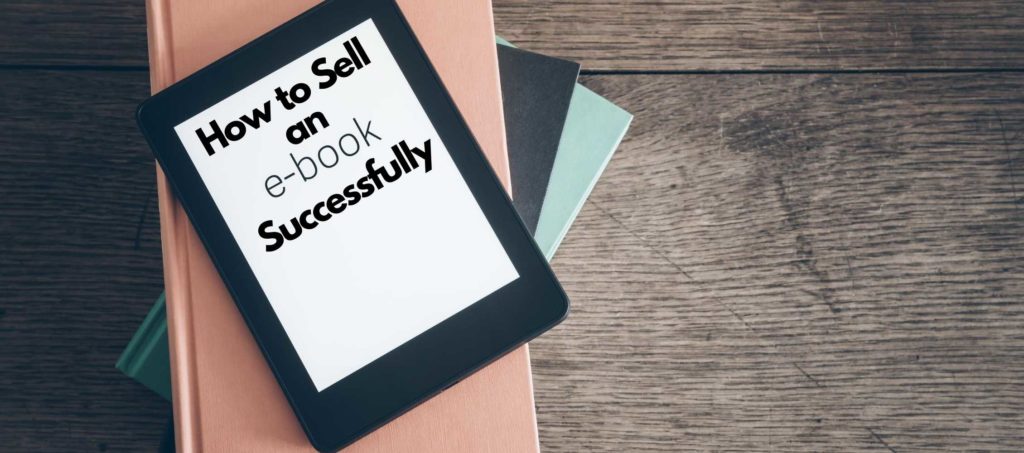
How to sell an e-book successfully
People are keen to learn and to be self-sufficient. Here are a couple of tips to help you sell ebooks successfully.
- Pick topics that people are interested in. Use the strategies we mentioned above: Google bestsellers, check Amazon’s Best Seller Rank, search popular keywords using keyword research tools, etc.
- If you’re creating your own ebooks, make sure your content is valuable to your target audience. Make sure you’re conversant with the topic you’re writing about.
- To capture their interest, write simple and clear wording accompanied by high resolution photos or helpful illustrations.
- Have a professionally designed cover that’s eye-catching.
- The layout ought to be easy to read. Research different layouts to find the best fit.
- Market aggressively. Use different channels to get the word out.
Conclusion
Selling books online can earn you a decent living but it’s not for any Tom, Dick and Harry. In the initial stages, your focus should be to get your product position, find your loyal customers, perfect the user experience and refine your end to end processes.
To start, you need to make decisions on the following:
- Product to resell
- The inventory
- Third party platform vs own store
- Quality control
- The delivery
- Pricing
- Establishment of a dynamic business structure
- A budget and checklist to kick off the start of your business.
According to Sun Tzu, “What the ancients called a clever fighter is one who not only wins, but excels in winning with ease.” An actionable solid plan does exactly that.
If you’re thinking about specializing in comic books, check out this article explaining how to value them.
TRENDING


Online Arbitrage for Beginners (Step-by-Step Guide)
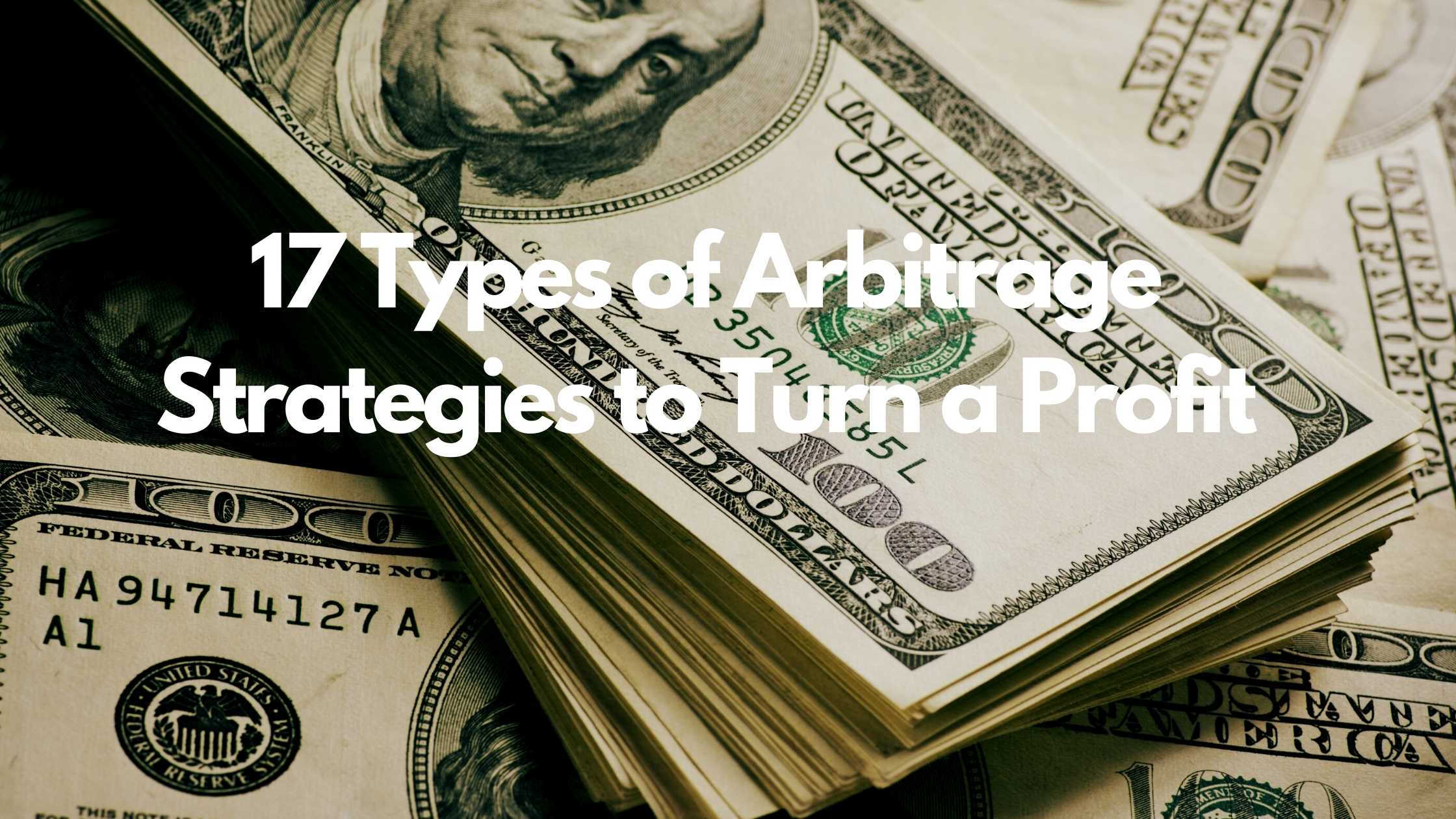
17 Types of Arbitrage Strategies to Turn a Profit

Is Retail Arbitrage Legal?

How to Turn Textbook Arbitrage into a Business for Profit

How Can You Tell if a Book is a First Edition?

What to Do With Your Jigsaw Puzzle When Finished?
